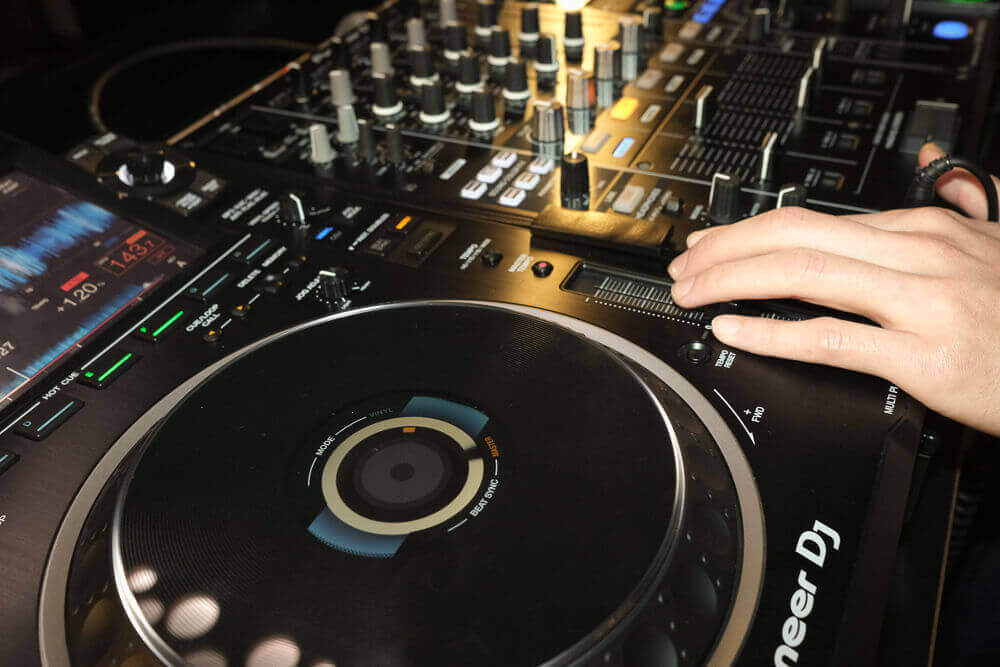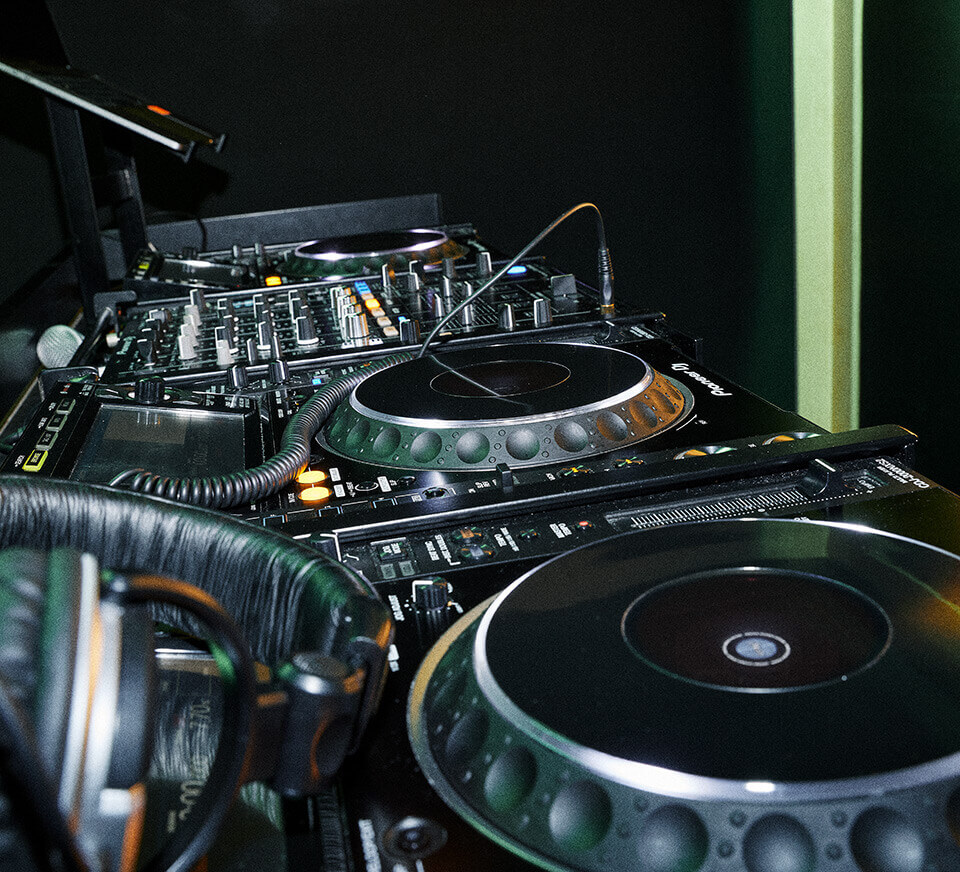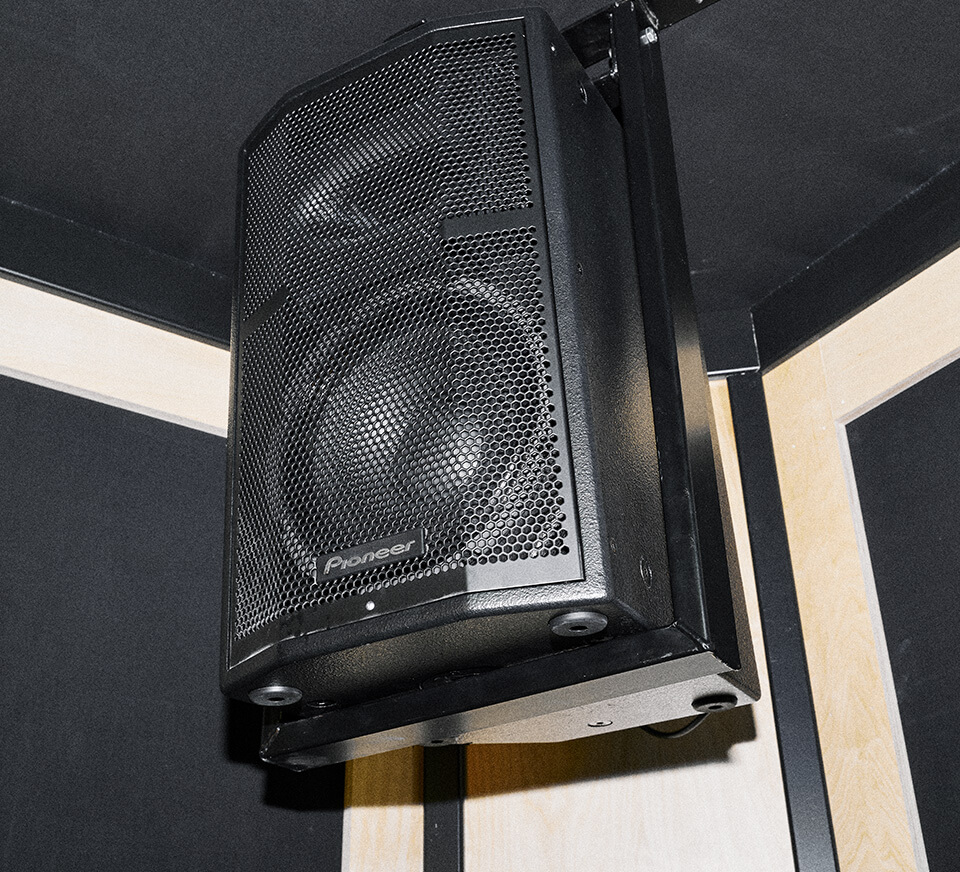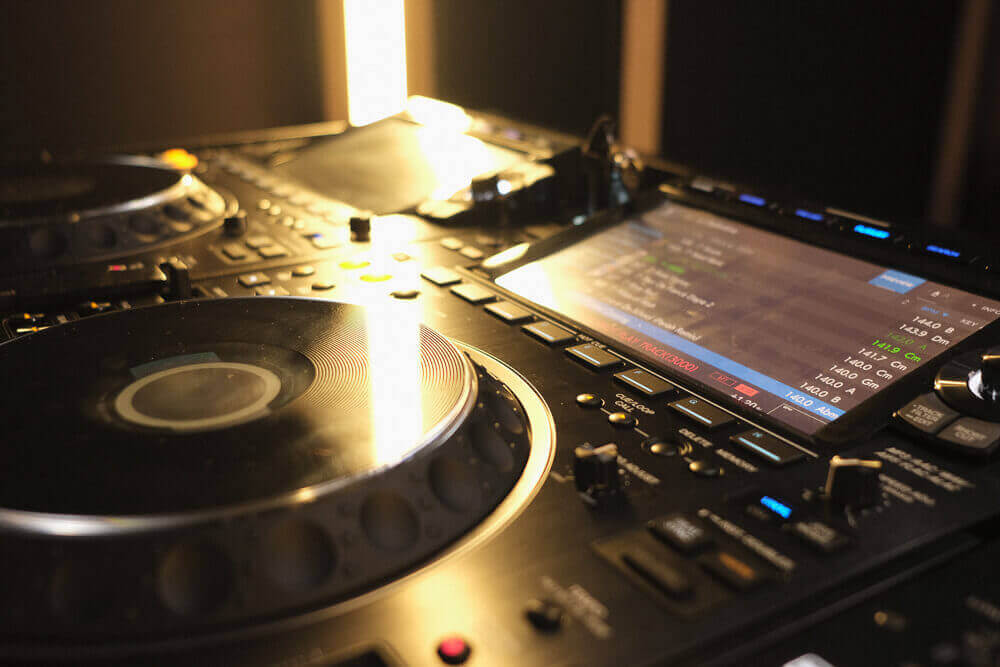
■ Features
Learn how to live stream your first DJ set with our beginner-friendly guide. Our expert, Thomas, covers every step, from equipment setup to engaging with the audience to help you get started.
DJ live streams have become more prolific and popular in recent years, for new and established DJs alike. If you’re looking to learn how to become a DJ and how to livestream, this guide has everything you need to know: from how to set up a livestream, to an overview of streaming equipment for beginners.

DJ live streaming has many benefits. Not only is it a great opportunity to build your fanbase and expand your reach to a more global audience, it’s also an excellent way to engage with that audience.
If you’re a beginner, streaming can be a chance for you to practise performing under pressure and to get some feedback before you get your first DJ gig. More established DJs might even want to stream live DJ sets directly from a club or festival to connect with fans in other parts of the world.
Before you start, you’ll need to prepare your DJ live stream setup, by choosing equipment to capture your audio and visual signals and deciding which platform to stream from.
Once you’re set up, don’t forget to promote your stream before going live and engage with your audience throughout and afterwards, to help you build your community or fanbase.
When choosing your streaming platform (normally a social media platform), the first thing you need to consider is whether you own the rights to the music you’re playing so that you can avoid copyright issues. Some streaming platforms have strict copyright restrictions and will pull your stream if they detect a violation.
Platforms that allow you to play other people’s music:
Platforms to use when you own all the rights to the music:
There are a few services that will allow you to broadcast your DJ stream across multiple platforms, including Restream, Streamlabs or OBS Studio, with free options depending on your exact requirements.
A reliable internet connection is a crucial part of your DJ streaming setup. You can use an internet speed test to make sure that you have sufficient upload speed – most platforms recommend around 4-5 Mbps. If possible, use an ethernet cable or at least ensure that no other devices are using your WIFI for the duration of the stream. It’s also advisable to close other browser windows or programs on your computer.
If possible, test your streaming setup fully before going live. For example, on Facebook you have the option to stream privately by setting the viewers to ‘Only You’.
It’s worth considering what viewers will see behind you while you’re streaming. Depending on your budget or time constraints, you could keep it as basic as a white wall or virtual background or go all out with a green screen and professional lighting.
Simple decorations like a few plants, a disco light, a neon sign, a poster or logo behind you, or even a TV or projector with visuals, can help add a fun touch to your stream.
This is the most fun part – prepare yourself a playlist of your favourite tunes, with a few extra to spare in case you mix faster than expected. A little bit of preparation is helpful, so can spend more time focusing on your mixing and engaging with your audience, rather than spending time sifting through your tracks deciding what to play. If you’re just starting off, this is a good way to learn how to prepare a DJ set list.
What you play is of course up to you, but if you’ve been playing for a while, a DJ live stream can be a great chance to play a more chill set or show off the rarer parts of your collection. You can have fun here without the pressure of making a club full of people dance.

Again, the equipment you will need depends a lot on your budget. For the most basic needs, a mobile device can be enough. Apps like EpocCam or CleanCamera can be used to capture video, and you can use a tripod to help you get the best angle – straight on is standard, but from above also looks cool – and horizontal usually works better than vertical. You can also use your laptop webcam or an HD camera.
If you’re filming in a small space, consider using a clip-on fisheye lens to get a better shot. Another optional extra is a microphone, which you can use to chat with your audience while you perform.
To ensure good audio quality, you’ll need an audio interface – like iRig – to route sound from your mixer into your laptop or phone. Other options for this include a handheld recorder, or some mixers even allow you to send a rec out signal via their USB output directly to your computer.
Lastly, of course, you’ll need your DJ set up, whether that be CDJs and a mixer or a controller. If you’re still looking to complete your DJ streaming setup, here’s some of the best DJ mixers and best DJ controllers for 2023 to consider.
There are plenty of livestreaming software available, but OBS Studio seems to be the most popular one, especially for streaming for beginners, because it is free and relatively easy to use.
Some DJ software, such as Serato, allow you to connect directly with OBS. Virtual DJ even supports direct broadcast to Youtube, Facebook, Twitch and more. Find out more about the best DJ software for 2023 in our dedicated guide.

Once you’re ready to stream your DJ set live, you’ll need to promote your DJ live stream on your social media channels. Some platforms, such as Mixcloud, allow you to schedule your streams in advance. During the stream, you can engage with the audience by responding to chat or comments as you go – you may want to consider using an extra tablet, phone, or laptop.
Sometimes issues might arise during the stream, despite testing beforehand. Your viewers can be helpful here – you can ask them for feedback on the sound and video quality.
If you don’t have the time or money to assemble the required tech set up, or you don’t have a space at home suitable to stream a DJ set live from, you might want to consider using a professional DJ studio. The advantage of this is that you’ll be able to play on professional DJ equipment, and some of the equipment you need to stream will be there as well, meaning lower upfront costs.
Where available, you can also use CAPTURE.AUDIO to record your mix and download it later, and even be featured as one of the new DJ mixes on the Pirate website.
No matter which setup you’re using, you will always need to follow these five basic steps to get your DJ live stream going:

It’s always advisable to review the video of your livestream afterwards, to check the quality of the stream and see what could be improved for next time. Responding to comments and feedback and analysing the engagement can also help you retain your base of viewers. You might even want to send viewers or new subscribers a short note to thank them!
Once you’ve got your tech set up sorted, prepared your surroundings and your playlists, and promoted your stream, you might want to consider what’s next: how will you retain and grow your listener base in the long term, and do you want to monetise your stream?
A successful stream can be a steady stream of income. Try to find a way to stand out and make your DJ Live stream unique, but most importantly, don’t forget to enjoy and have fun!